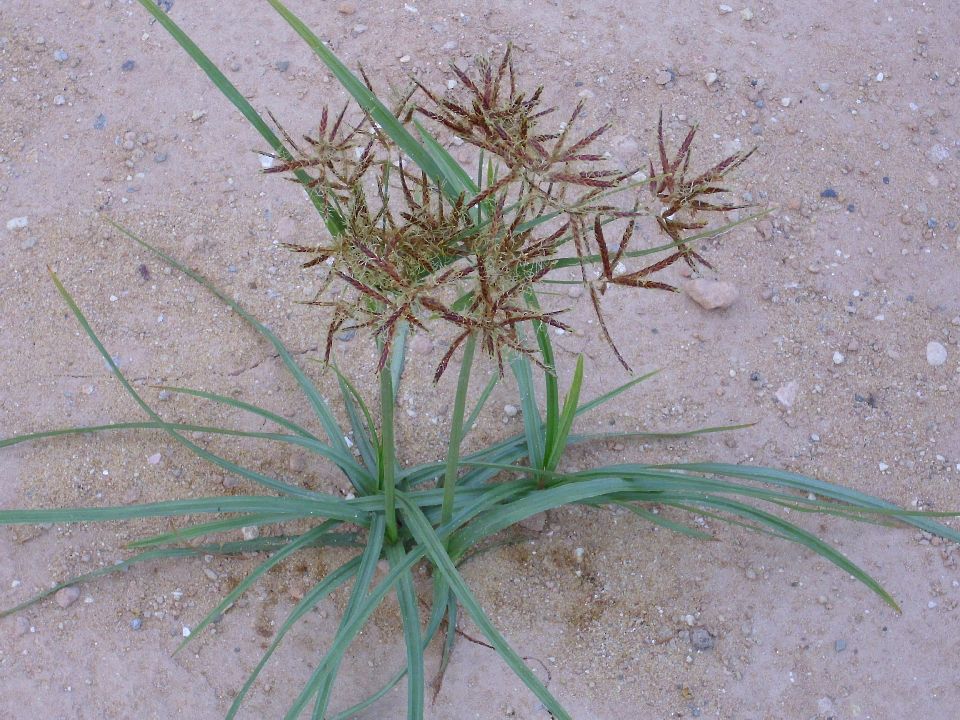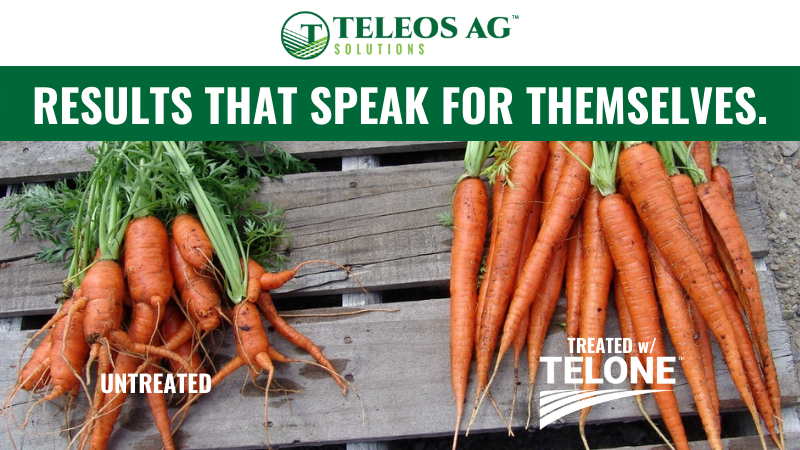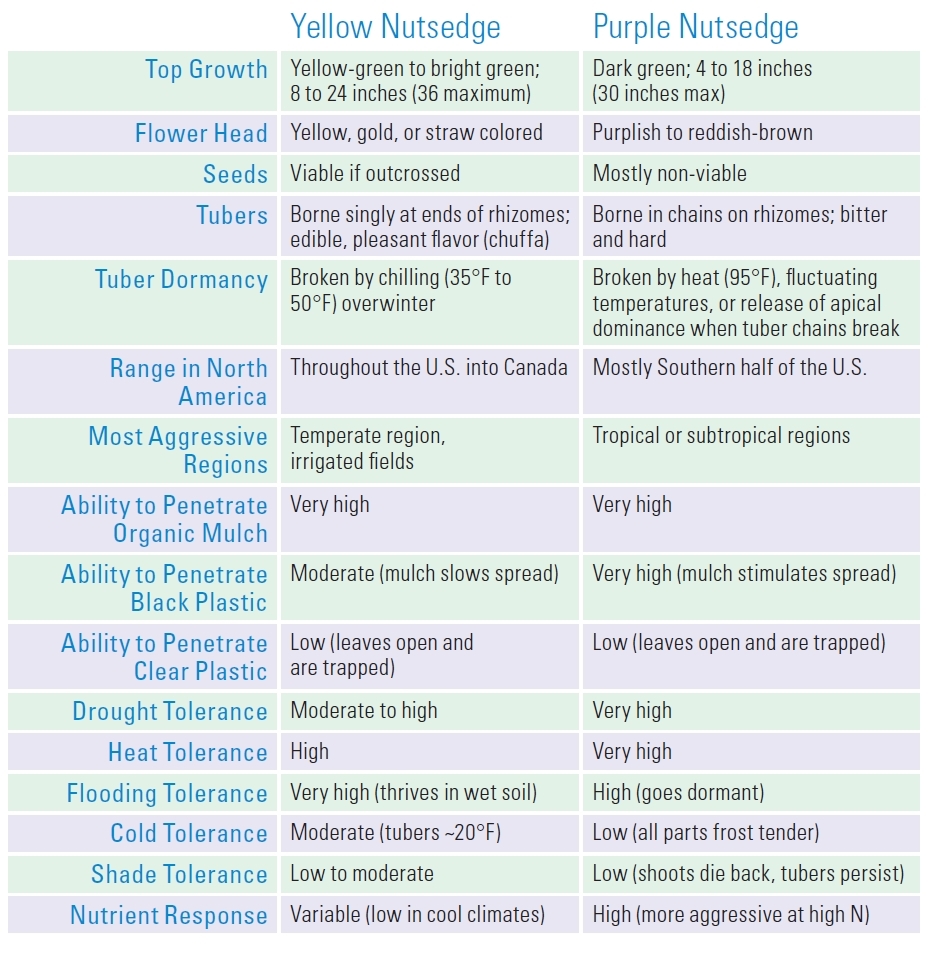Field Scouting Guide: Purple Nutsedge
 This month’s guide concentrates on Cyperus rotundus L. (purple nutsedge). Each month, we bring you a different crop protection issue, ranging from weeds and diseases to insects and even wildlife.
This month’s guide concentrates on Cyperus rotundus L. (purple nutsedge). Each month, we bring you a different crop protection issue, ranging from weeds and diseases to insects and even wildlife.
Two weed specialists discuss how to spot and treat this plant out of place — Lynn Brandenberger, Oklahoma State University, Stillwater, and Steve Fennimore, Ph.D., University of California, Davis.
Basics
Scientific name: Cyperus rotundus L.
Common name: Purple nutsedge
Geographical range: Throughout the Southeastern U.S. and on the West Coast. It ranges from the Southern San Joaquin Valley and goes south to the tropics. Yellow nutsedge (Cyperus esculentus L.) is very common in California and extends much further north than purple nutsedge, but the two weeds overlap. Purple nutsedge is common along the Gulf Coast states, especially in Florida. It also extends up to North Carolina.
Crops affected: Considered one of the world’s worst weeds, purple nutsedge affects most crops, including vegetable crops. It is also a problem in mulched crops (i.e., strawberries) where it can penetrate the film and cause injury.
Pest Impact/Identification
Brandenberger: Purple nutsedge can be devastating in slower growing vegetable crops where there isn’t an herbicide available for control. Nutsedge in general is difficult to control, and it can be nearly impossible to remove from production fields once it becomes established. It becomes a problem at virtually any stage of development. Purple nutsedge is often mistaken for yellow nutsedge (Cyperus esculentus L.).
Fennimore: Purple nutsedge is a semi-tropical weed. Nutsedge propagates by a tuber, not a seed. The tuber is much larger than seed and has much more power to emerge from deep in the soil than, say, a small weed that propagates from seed. The weed can be very costly to remove, and often needs hand weeding.
Recommended Treatment
Brandenberger: Traditional chemistries include Sandea (Gowan USA), which has halosulfuron as an active ingredient (WSSA Group B2). It inhibits branched chain amino acid production by inhibiting enzyme acetolactate synthase or acetohydroxy acid synthase.
I’m not aware of any effective organic controls, but for integrated pest management, reduce spreading by carefully cleaning tillage tools.
Fennimore: Chemical means that have worked include Eptam 7 (Gowan USA) pts./A in fallow ground. This has been a standard in the desert for suppressing nutsedge in summer fallow fields. Fallow applications of Roundup (Monsanto) with repeat applications reduce the tuber densities in the soil. This should be applied at 1.5% v/v.
With respect to organics, farmers only have physical and cultural control tools. Traditional suppression methods include hog pasturing. Solarization can suppress shallow tubers, but purple nutsedge can come up from more than 12 inches deep. Nutsedge is sensitive to shading, so establishing crops and promoting crop growth helps to suppress nutsedge.











